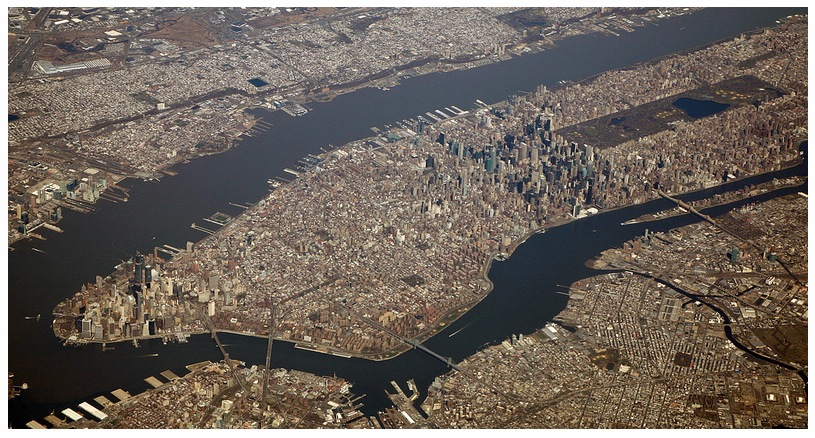I want to plug something I am very much looking forward to, and encourage you strongly to attend. It’s called The Overview Effect, and it’s the premiere of a film by that title. Here are the details:
Friday, December 7, 2012 – 5:30pm – 7:00pm
Askwith Lecture Hall
Longfellow Hall
13 Appian Way
Harvard University
Cambridge, MAThe world-premiere of the short documentary film Overview, directed by Guy Reid, edited by Steve Kennedy and photographed by Christoph Ferstad. The film details the cognitive shift in awareness reported by astronauts during spaceflight, when viewing the Earth from space.
Following the film screening, there will be a panel discussion with two NASA astronauts, Ronald J. Garan Jr. and Jeffrey A. Hoffman, discussing their experience with the filmmakers and with Douglas Trumbull, the visual effects producer on films such as 2001: A Space Odyssey, Close Encounters of the Third Kind, and Star Trek: The Motion Picture. The event will be moderated by Harvard Extension School instructor Frank White, author of the book The Overview Effect, which first looked at this phenomenon experienced by astronauts.
This event will take place on the 40th anniversary of the Blue Marble, one of the most famous pictures of Earth, which was taken by the crew of the Apollo 17 spacecraft on December 7, 1972.
Seating is limited and will be assigned on a first-come first-serve basis. The event will also be streamed live at http://alumni.extension.harvard.edu/.
The Overview Effect is something I experience every time I fly, and why I take so many photos to share the experience (and license them permissively so they can be re-shared).
The effect is one of perspective that transcends humanity’s ground-based boundaries. When I look at the picture above, of the south end of Manhattan, flanked by the Hudson and East Rivers, with Brooklyn below and New Jersey above, I see more than buildings and streets and bridges. I see the varying competence of the geology below, of piers and ports active and abandoned. I see the palisades: a 200-million year old slab of rock that formed when North America and Africa were pulling apart, as Utah and California are doing now, stretching Nevada between them. I see what humans do to landscapes covering them with roads and buildings, and celebrating them with parks and greenways. I see the the glories of civilization, the race between construction and mortality, the certain risks of structures to tides and quakes. I see the Anthropocene — the geological age defined by human influence on the world — in full bloom, and the certainty that other ages will follow, as hundreds have in the past. I see in the work of a species that has been from its start the most creative in the 4.65 billion year history of the planet, and a pestilence determined to raid the planet’s cupboards of all the irreplaceable goods that took millions or billions of years to produce. And when I consider how for dozens of years this scene was at the crosshairs of Soviet and terrorist weapons (with the effects of one attack still evident at the southern tip of Manhattan), I begin to see what the great poet Robinson Jeffers describes in The Eye, which he saw from his home in Carmel during WWII.
But it is astronauts who see it best, and this film is theirs. Hope it can help make their view all of ours.

Leave a Reply